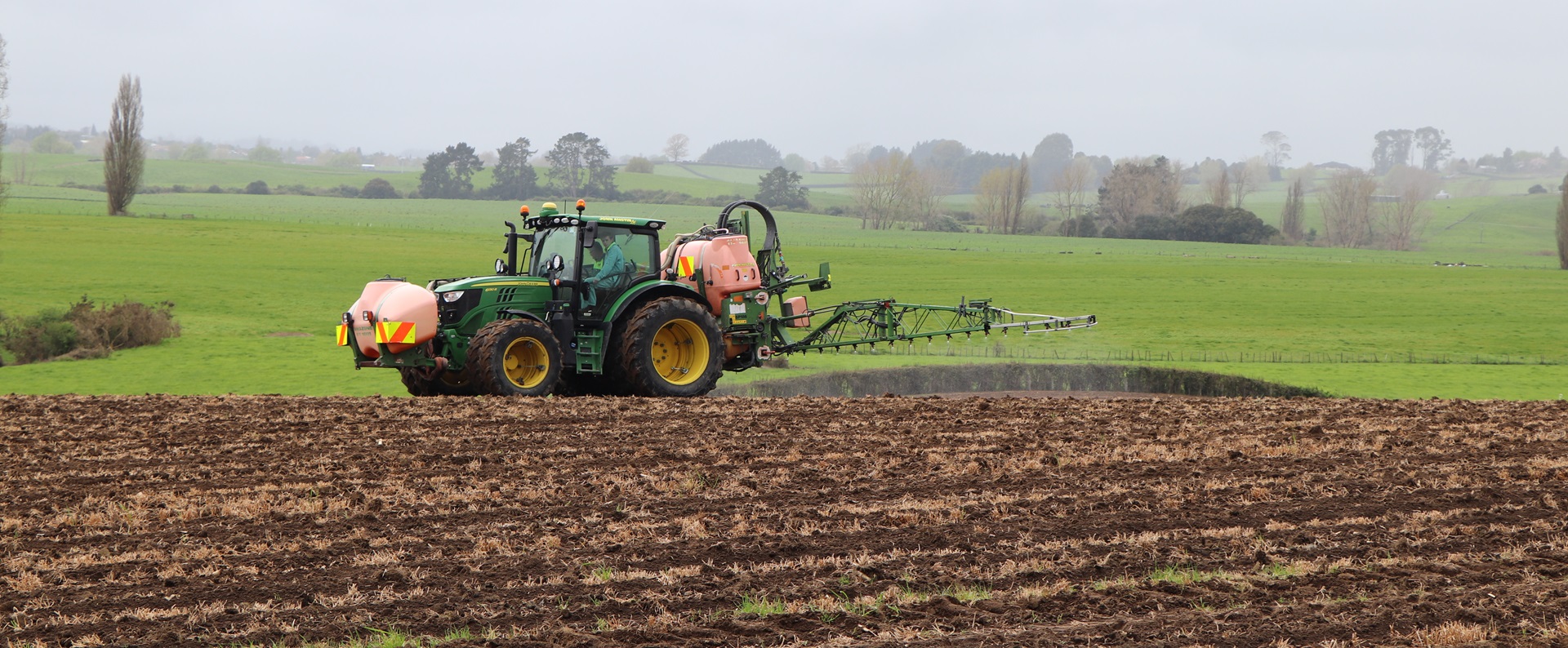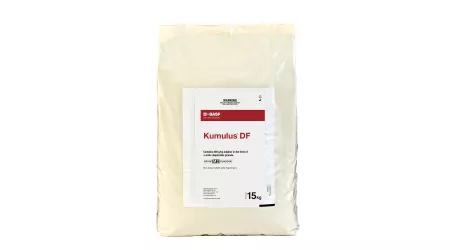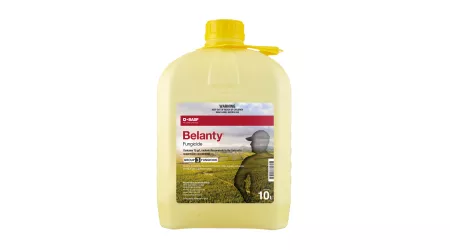Powdery mildew is an ever-present threat in vineyards. If not effectively controlled, powdery mildew can infect foliage and bunches of grapes. Excessive levels of foliar infections reduce the photosynthetic output from leaves, negatively impacting grape berry growth. Infection of the grape bunches leads to berries splitting, allowing access to other pathogens such as Botrytis and tainting of wine produced from powdery mildew-infected grapes. Powdery mildew can also over-winter on buds, ready to infect new foliage and berries the following season.
Knowing they need to maintain a tight calendar of fungicide sprays, viticulturists around the country are trying to find the right ‘recipe’ that delivers great results within each season without causing resistance issues further down the track.
Tim Herman, a Senior Technical Services Specialist at BASF, says they have three fungicides which target powdery mildew and combine highly effective newer chemistry as a support for the tried-and-true.
“A tight fungicide programme for effective control of powdery mildew in grapes is centred on the use of a reliable and consistent sulphur product,” Tim explains. “Most growers are very familiar with Kumulus® DF. It’s been a cornerstone of powdery mildew control for 37 years and as a proprietary product, you know it’s subject to the highest standards of quality control.”
Tim says the quality of the formulation is a key reason Kumulus has kept its place in the powdery mildew programme. “The DF (Dry Flowable) formulation pours easily from the bag with minimal dust, rapidly disperses in water, remains in solution and doesn’t cause blockages in the sprayer.”
While regular Kumulus applications lay a strong foundation, the critical choice is which single-site fungicides to use in between sulphur sprays at key timings in the crop and pathogen lifecycles. That’s where Tim says two of the more innovative BASF fungicides are commonly now a part of the rotation.
Vivando®, a Group 50 fungicide, was first registered for use in grapes in 2016, bringing an effective, new mode of action to the grape powdery mildew spray programme.
Vivando has both protectant and anti-sporulant action, preventing germinating spores from infecting hosts and inhibiting spore production in existing lesions. As well as the translaminar and acropetal activity that many other fungicides show, Vivando has a limited vapour phase that allows movement across plant surfaces, increasing its protective coverage, even into tight grape bunches.
“Vivando has steadily built up a presence in the grape powdery mildew market since it was launched as more and more growers discover its reliable, sustainable performance.”
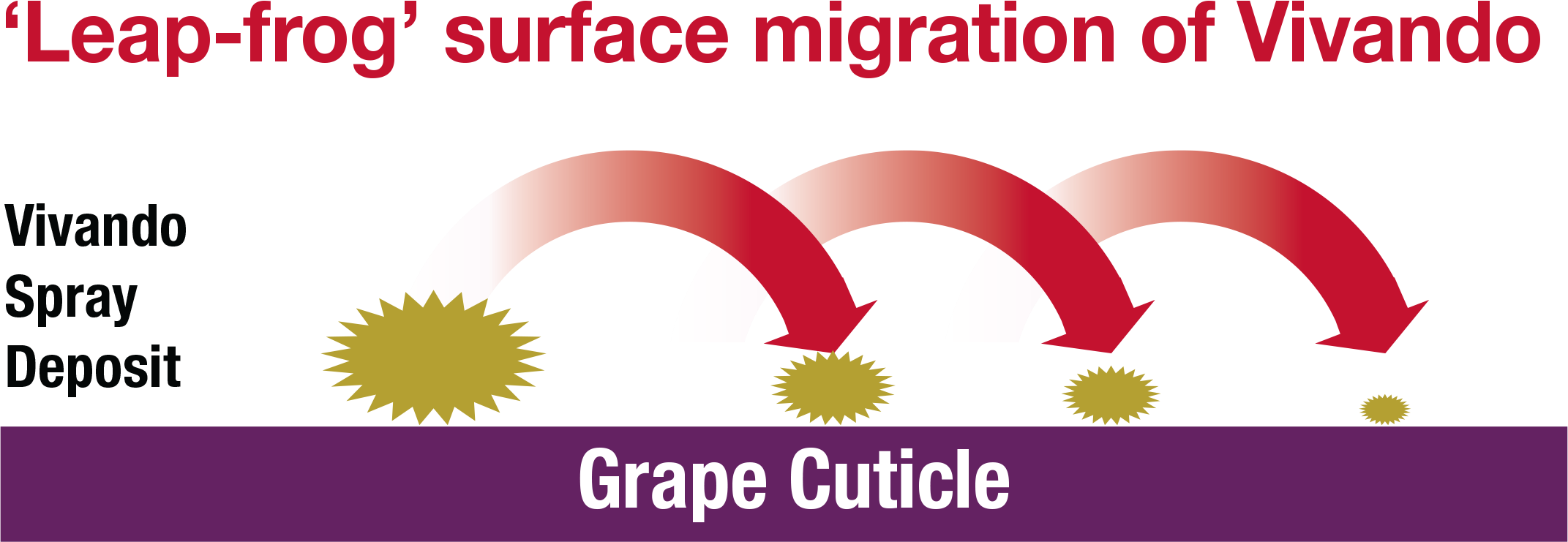
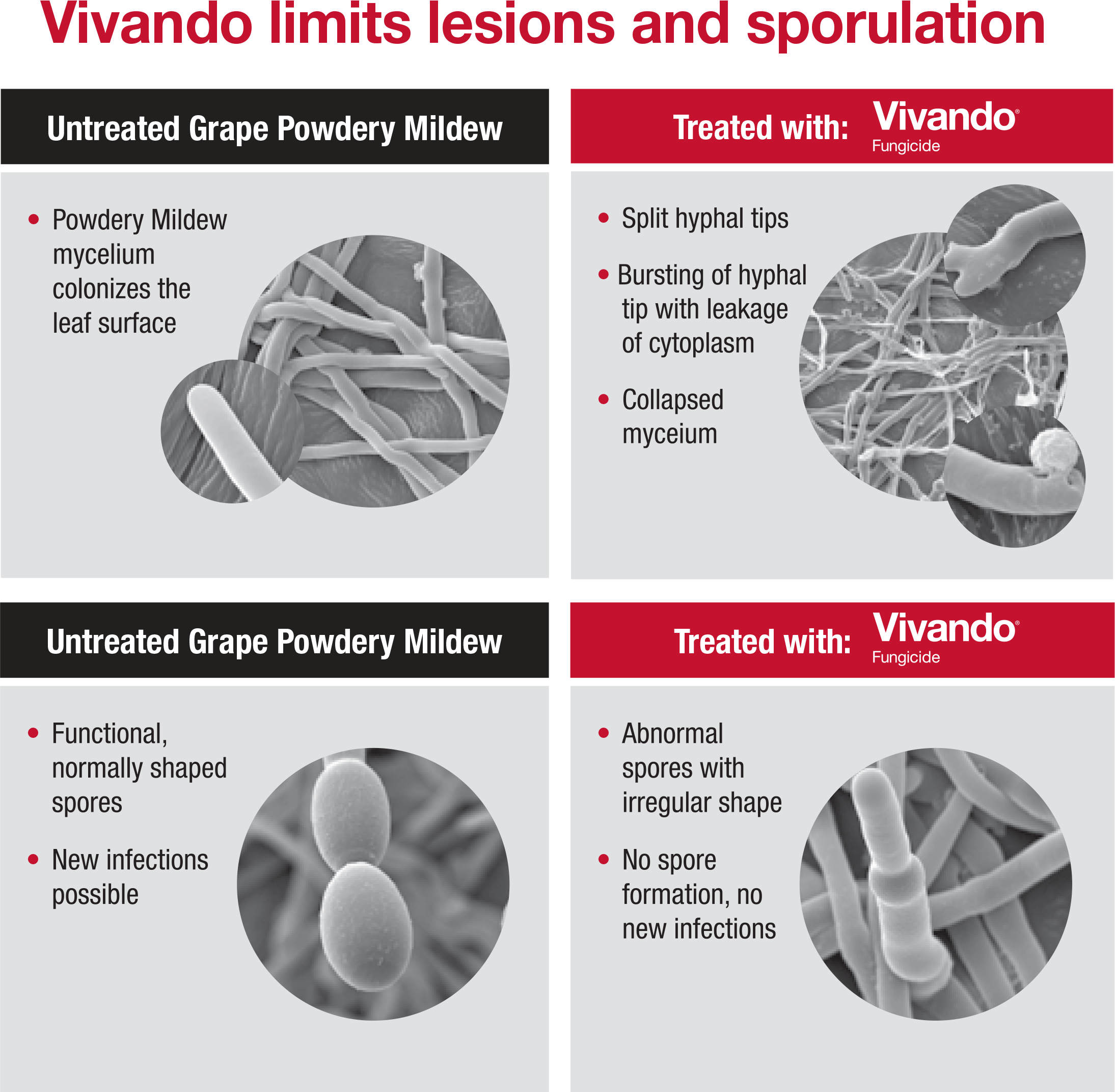
The innovative aspect of the third fungicide Tim highlights may have escaped some growers’ attention.
“Belanty® is the newest kid on the block. Some people see it is a Group 3 fungicide and think it's just another DMI, but it absolutely is not. Belanty is the only member of a new isopropanol-azole sub-class within the DMI group. Without going into all the scientific detail, it has a more flexible molecule that can adjust its shape to better fit the binding pocket of the target enzyme.
“The crucial point is that powdery mildew strains that are less susceptible to older DMIs have different shaped binding pockets which Belanty will work on thanks to its ability to flex its shape.”
There is also some flexibility in the timing of Belanty and Vivando use in a comprehensive powdery mildew prevention programme. Both can be applied twice in a season, although growers should check with their wineries for any private standards that may change this. Belanty has a pre-bunch closure withholding period while Vivando can be used up to 42 days before harvest.
More information about these powdery mildew fungicides is available from your local Fruitfed Supplies Technical Horticultural Representative.
ACVM registration numbers: Belanty® #P009798, Kumulus® DF #P003493, Vivando® #P007973. Read the registered label before use.
